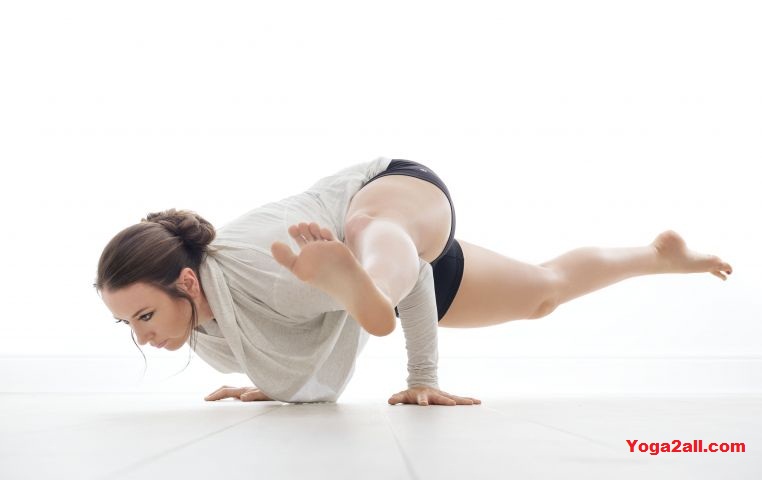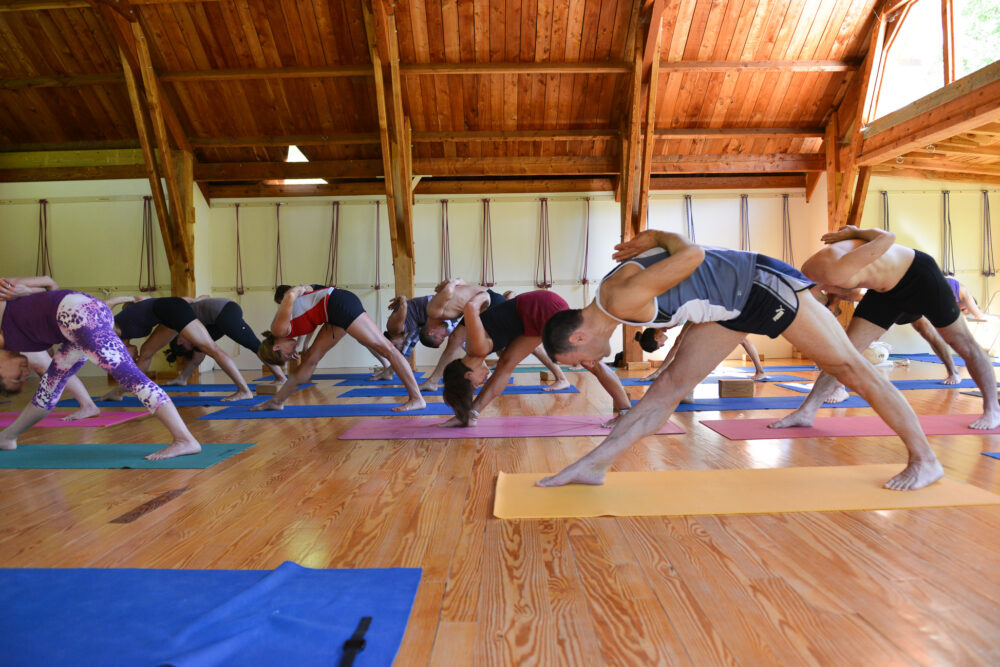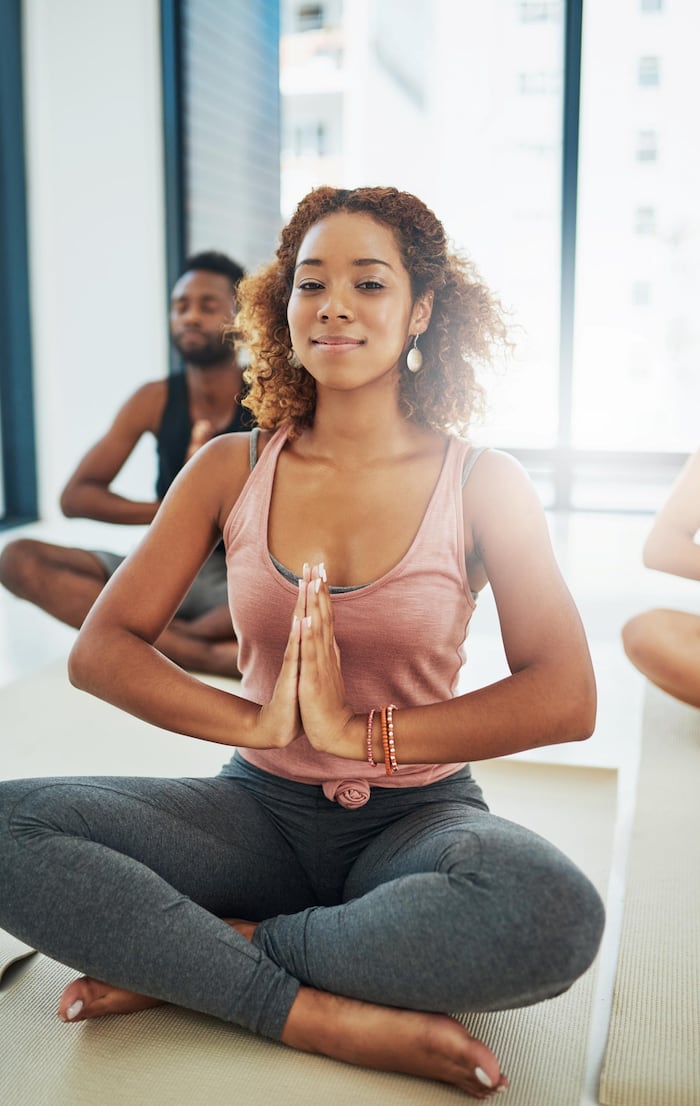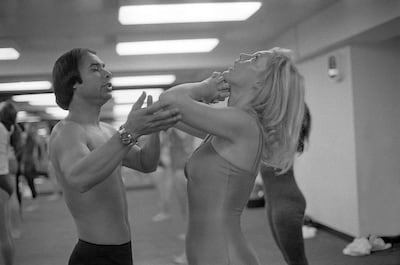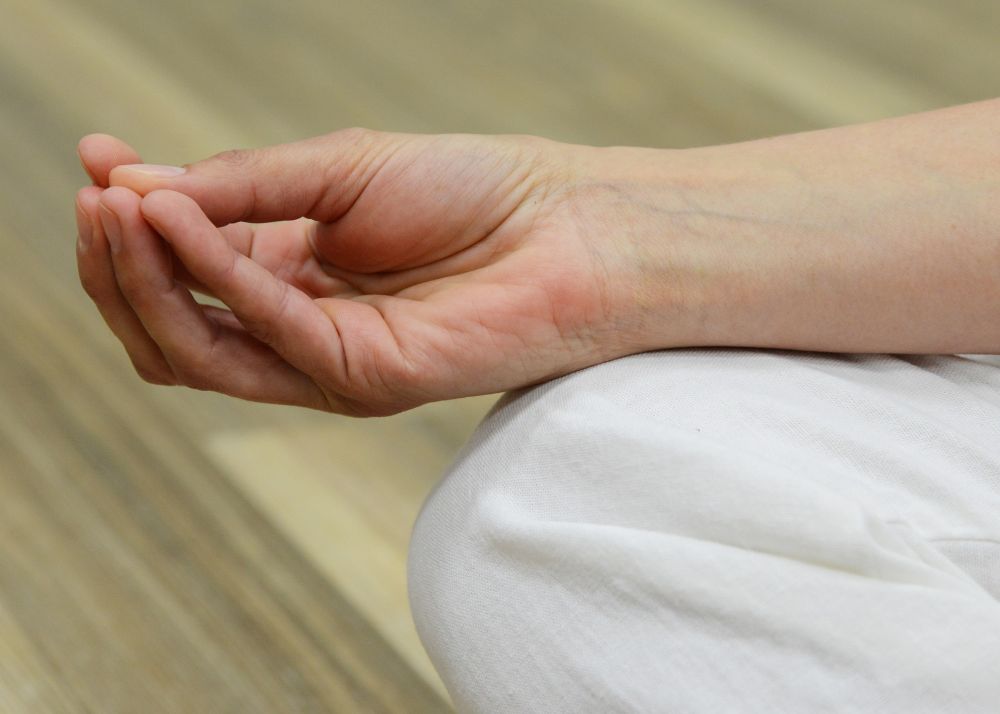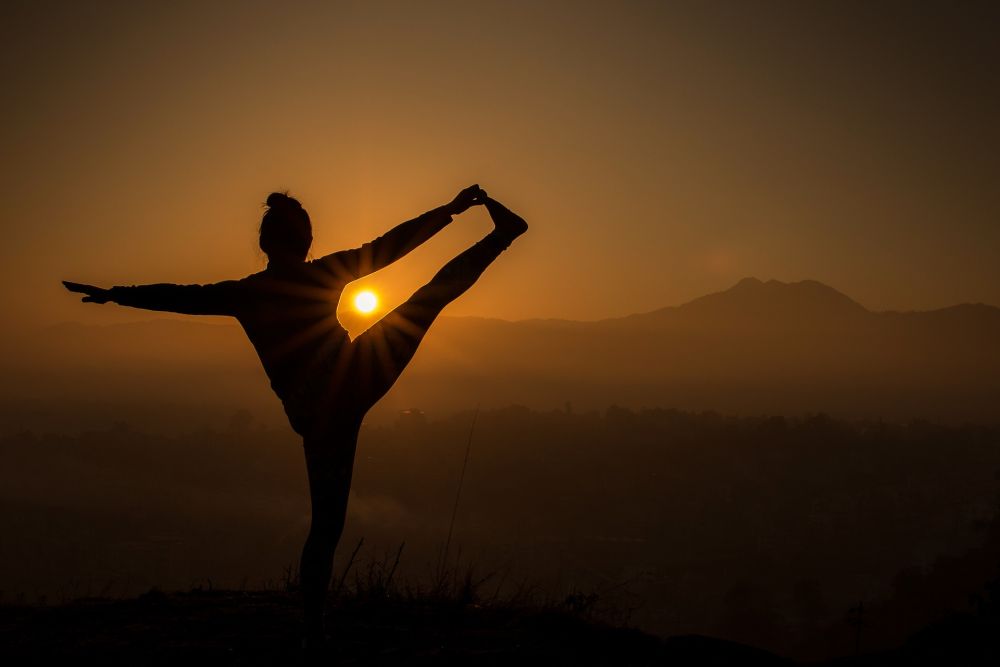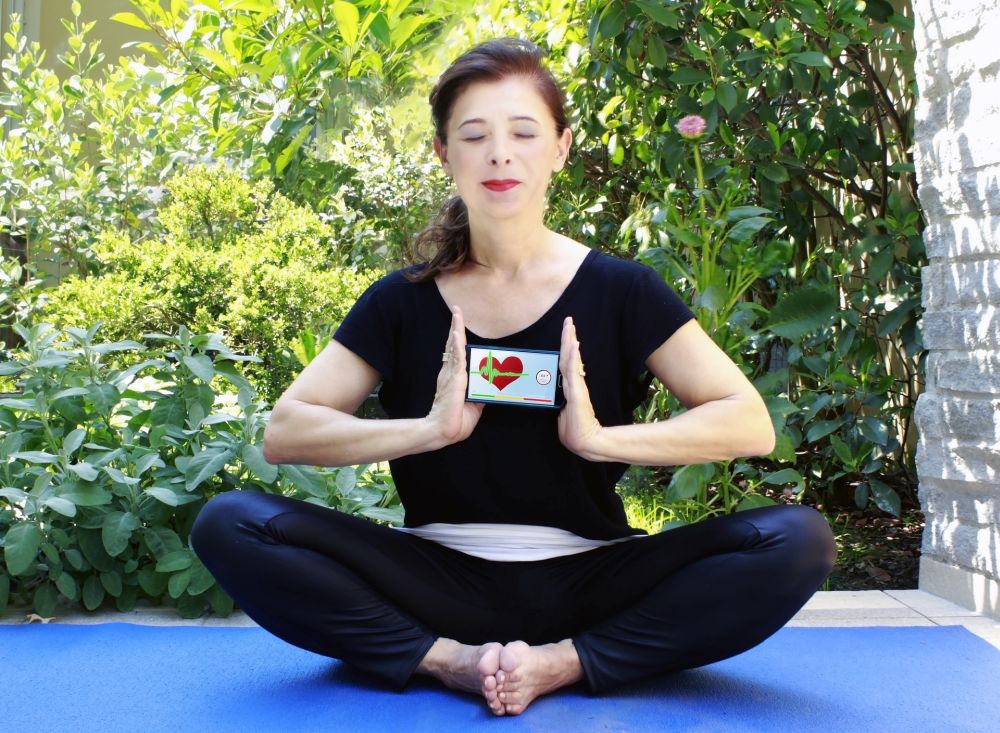Kundalini Yoga: Everything You Need To Know
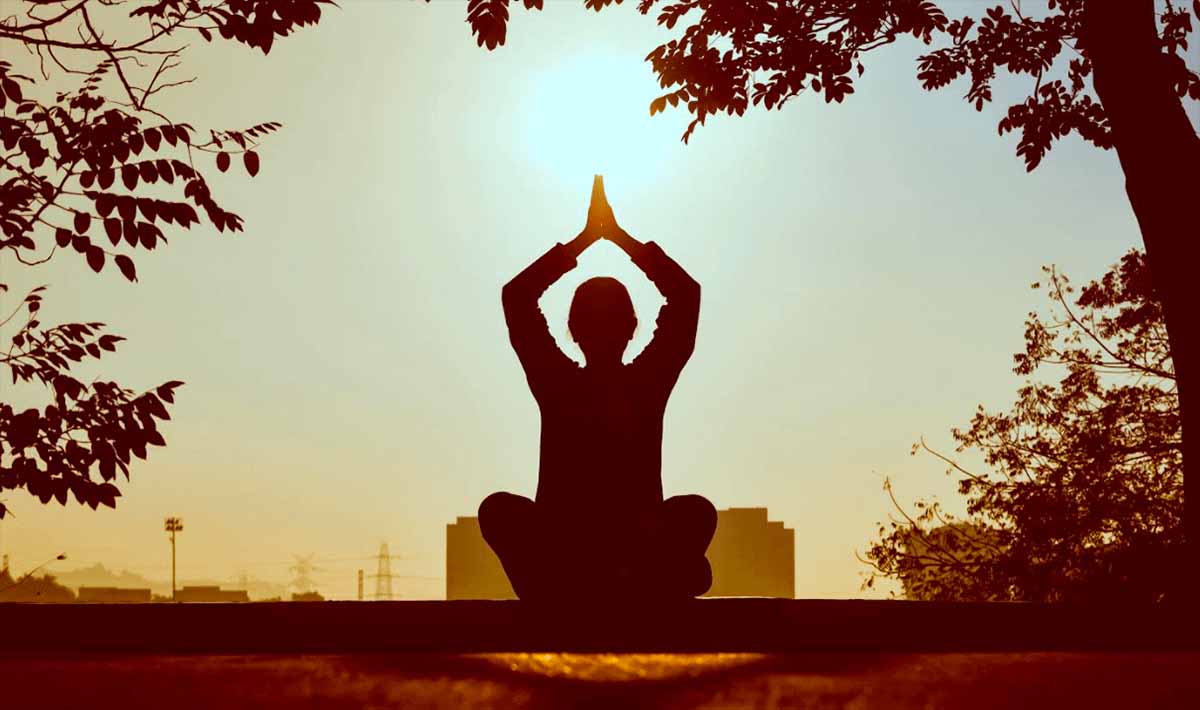
Kundalini is a spiritual energy that exists in everyone. The purpose of Kundalini Yoga is to awaken this sleeping spiritual energy and allow it to rise through the central channel, located along the spine out the top of your head so that you can experience higher levels of consciousness.
Kundalini Yoga is the centuries-old scientifically proven Kundalini awakening technique that awakens your creative energies and gives you access to deeper states of meditation.
Kundalini Yoga Meditation offers many benefits like increased energy levels, improved strength, more mental clarity, balance, and improved health. Many yogis consider this form of yoga a powerful tool for self-discovery, helping them become their best every day.
Yogi Bhajan brought Kundalini Yoga to the West in 1969 after studying and teaching for many years in India. He felt Kundalini Yoga was the perfect antidote to combat modern life’s stress, tension, and anxiety.
The practice can be physically strenuous, but its effects are well worth all the effort! Here are some tips on how to get started with kundalini yoga.
What equipment will I need for Kundalini Yoga?
If you live near a studio willing to let you drop in occasionally or have friends who do kundalini yoga, attending classes will be great fun and provide invaluable instruction. However, if this isn’t an option, for now, you can begin your practice with the help of some instructional videos.
When should I practice?
For peak results, it’s best to practice early in the morning on an empty stomach, but any time is good so long as you can sit or lie comfortably for about 15 minutes.
What should I wear?
You may want to wear loose-fitting clothing that won’t restrict your movement during yoga positions. Some people prefer to work out barefoot, while others find that socks are more comfortable – try both and see what works best for you! You’ll need something soft under your head if you plan on meditating (i.e., a folded blanket or towel).
Is it possible to do too much?
Kundalini yoga can be quite physically demanding, so it’s best not to overdo anything until you are sure you are physically up for the challenge. Your first few sessions may feel tiring, but don’t worry – the more you practice, the easier it gets! If your body begins to ache or feels exhausted, make yourself some refreshing tea and take a nap – life is too short not to enjoy every moment.
What if I need to stop doing Kundalini Yoga?
If something comes up and makes it necessary for you to discontinue your kundalini yoga practice, don’t feel that it’s all been for nothing. The chances are that just one session will have had a positive effect on your life (the most tangible effects often only become noticeable after consistent practice over some time.
If you feel the need to stop practicing or miss a session for whatever reason, then that’s fine; go back when you are able. Within time, it will become second nature.
What will I feel afterward?
You may find yourself feeling energized, focused, and relaxed all at the same time – results vary from person to person, but this is perfectly normal. You may even experience weeks or months of lethargy before anything happens (especially if you’ve come straight to kundalini yoga after years of inactivity), so don’t lose heart!
How long should I do Kundalini Yoga for?
Regular daily practice is essential if you want maximum results(and have fun while doing it). Consistency does pay off in the end – you’ll be doing yourself a favor on many levels! We recommend practicing at least 20-30 minutes each day.
Wrapping Up!
As you can see, kundalini yoga is a fantastic way to start the day or unwind after a stressful day at the office. By practicing regularly, you will become more confident and have less emotional baggage weighing you down. This form of yoga ensures you live life fully!
[……]



